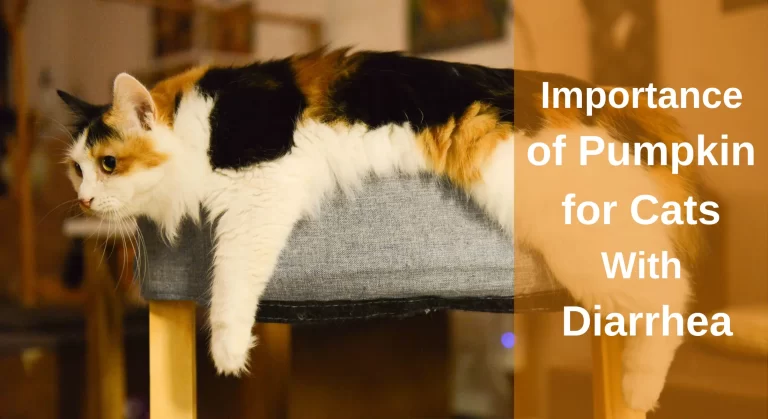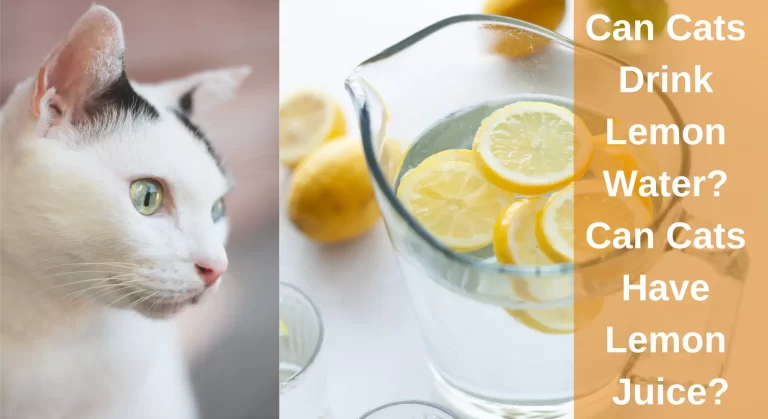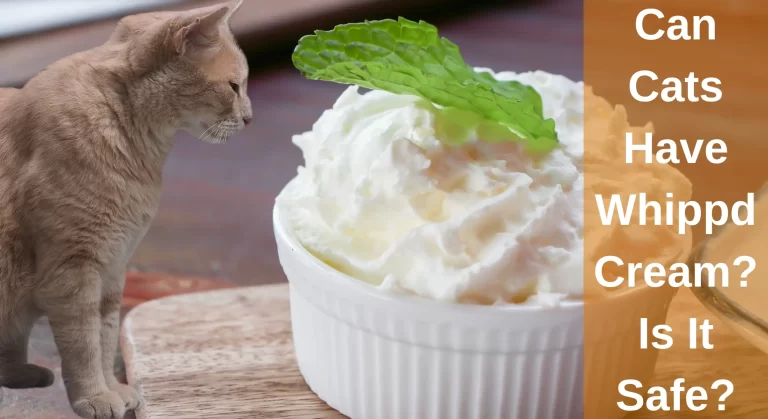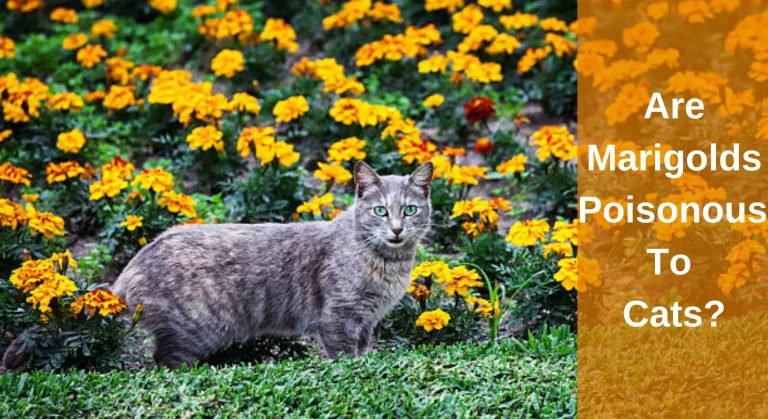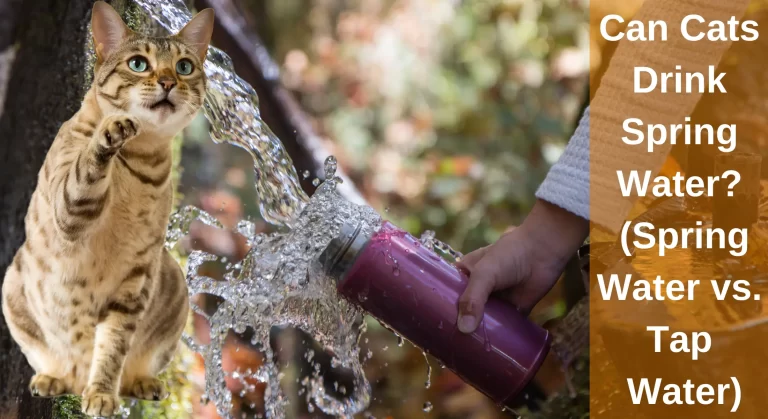Why You Should Never Store Cat Food in a Plastic Container [Explained]
As a cat owner, you probably know the importance of feeding your feline friend a healthy and balanced diet. However, one aspect of feeding your cat that you might not have considered is their food storage. Maintaining the nutrition and freshness of your cat food is one of many significant reasons it must be stored correctly.
It might seem convenient to keep your cat’s food in a plastic container, but storing it in a plastic container can harm your cat’s health.
Plastic containers can leach harmful chemicals into the food and can also degrade over time, leading to the release of harmful chemicals.
This article will discuss why you should never store cat food in a plastic container and what you should use instead to keep your cat healthy and happy.
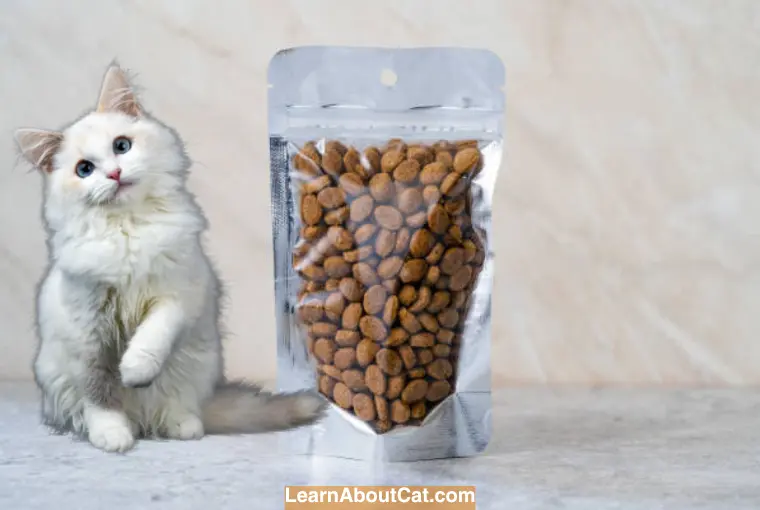
Why Is Cat Food Storage Important?
Cat food storage is important for several reasons. First and foremost, it helps maintain the food’s quality and freshness. Proper storage can help prevent the food from spoiling or becoming contaminated, which can be harmful to your cat’s health.
Improper food storage can cause nutritional deterioration and lead to bug infestations, bacterial or mould development in food, or vermin. In the worst situation, this may result in health issues, including vitamin shortages or even the generation of toxins caused by mould.
Many dry cat feeds are packaged in bags, and resealing them takes a lot of work. To ensure your cat’s kibble stays fresh for several weeks, you must store it properly.
Food can pick up unpleasant smells or aromas from plastic containers and bags, which are not necessarily BPA-free. Plastic containers can also be prone to scratches and cracks, harbouring bacteria and other contaminants.
Metallic or glass containers should be used to store feline food. Proper cat food storage keeps the food delicious and fresh, which is crucial for cats because they may be picky eaters and may reject food that is just a little stale.
Find Out: My Cat Ate a Whole Bag of Treats: What Should I Do?
Can Plastic Containers Be Used To Store Cat Food?
Never put cat food in a plastic container for storage. Studies have demonstrated that particular plastic containers can leak chemicals into meals. Chemical BPA, which is present in plastic, has estrogenic, hormone-like, and cancer-causing properties.

BPS in trace amounts may disrupt cellular activity. Such alterations might have adverse effects like obesity, diabetes, or cancer. Dry cat food is made to be kept and eaten over an extended period.
However, it typically comes in packages that cannot be closed, making it challenging for pet owners to store fresh food. Pet owners must acquire a container since dry cat food is frequently sold in non-resealable bags so that they can preserve the food’s freshness.
Are Plastic Containers Safe To Store Cat food?
Cat food should not be stored in plastic containers, and it must be stored in airtight stainless steel containers.
The airtight seal will help the food stay longer, and you can dump the opened bag right away into an airtight container while still maintaining the UPC and lot number! The seal shields the food from pests that could try to devour your cat’s food, like ants, worms, and grain moths. The top of the bag is folded tightly; this may be how it was initially packed.
Use the original bag to store food and put it there. Pet food bags of the highest calibre are designed to keep the elements out and preserve food freshness for as long as feasible.
While some plastic containers may claim to be safe for storing food, it is difficult to determine the safety of these containers without proper testing and regulation. Because of this, cat food should not be stored in plastic containers.
Rather, cats’ food should be stored in stainless steel or glass containers that are airtight. These materials are non-porous and do not contain harmful chemicals, making them a safer option for storing your cat’s food.
Also, Check Out: What To Do With Leftover Cat Food?
The Dangers of Plastic Containers
Plastic containers are popular for storing cat food because they are lightweight, durable, and inexpensive. However, plastic containers are not suitable for storing food, especially for extended periods of time. If plastic containers leak chemicals into the food, your cat might suffer health problems.
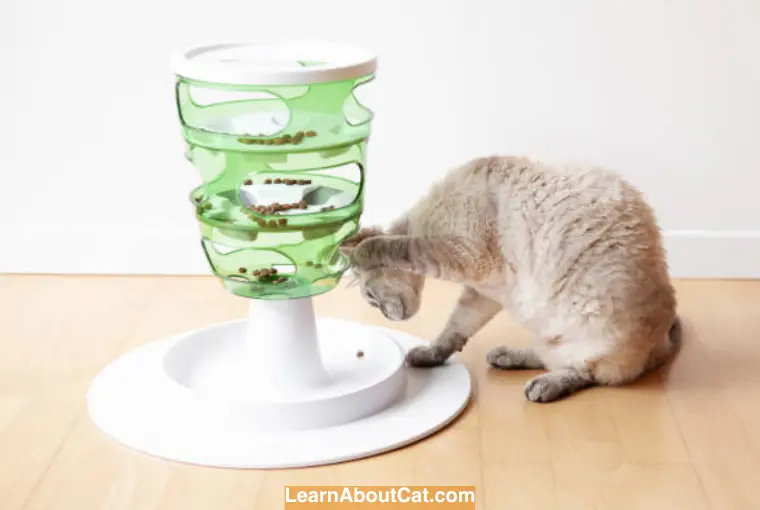
1. Chemical Leaching
A chemical compound called bisphenol A (BPA), and phthalates are used to make plastic containers. These chemicals can leach into the food, especially if the food is stored in the container for an extended period of time.
Several health problems have been associated with BPA, such as cancer, diabetes, and reproductive problems. Phthalates, on the other hand, can disrupt the endocrine system and cause developmental and reproductive problems.
2. Plastic Degradation
Plastic containers can also degrade over time, especially if they are exposed to heat, light, or moisture. Consequently, harmful chemicals may be released and contaminate the food.
Additionally, as plastic degrades, it can become brittle and break down, leading to pieces of plastic in the food.
Also Read: How Long Does Canned Cat Food Last?
Alternatives To Plastic Cat Food Containers
Fortunately, many alternative storage options are safe and effective for storing cat food. Some of these options include:

1. A Glass Jar
Glass jars are a fantastic option for keeping your cat’s dry food. Their durability, ease of cleaning, and lack of chemical leaching make them ideal for food storage. For glass jars, screw-on or clamped closures are provided to ensure a safe, airtight seal.
Food delivered in non-sealable containers is frequently stored in these jars. Additionally, glass jars can be recycled, making them an eco-friendly option.
2. Stainless Steel Containers
Stainless steel containers make excellent cat food storage options. Their durability, easy cleaning, and lack of chemical leaching make them a great choice for food storage. Additionally, stainless steel is non-porous, which means it won’t absorb odours.
Using one of these containers to organise and store the food for your cat is a great and affordable idea. These containers come in various sizes and shapes, so you can choose one for your cat’s food.
If you don’t already have any of these containers, you can get them for a reasonable price from discount stores, home improvement stores, and grocery stores, to name a few.
3. Ceramic Containers
Ceramic containers are also a good option for storing cat food. They are non-toxic, airtight, and durable. Ceramics are also easy to clean and does not retain odours. Plus, they come in various colours and designs, which can add some style to your kitchen.
4. Reusable bags
Resealable bags are affordable and valuable for storing cat food. These bags are perfect for last-minute storage since almost everyone has a couple hidden in their cabinet or drawer. They’ll keep the dry food you give your cat fresh for several weeks.
Tips for Safe Cat Food Storage And Saftey
Depending on the kind of food your cat eats, there are different best practices for keeping open and unopened cat food. Essential information to be aware of includes:
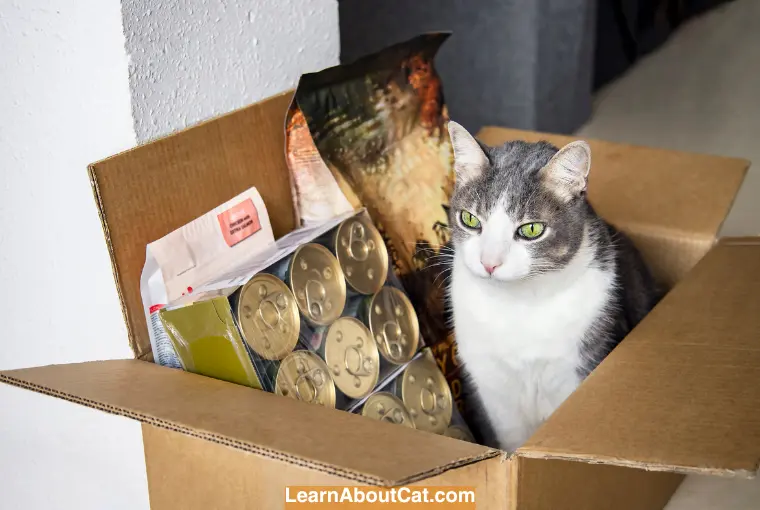
1. Open the Stored Food Properly
Remove extra air from the bag, fully roll the top down, and clip it shut for dry cat food. Even some cat food packets come with built-in zipper locks; remove as much air as possible before zipping it up.
But how long is that bag of cat food that’s been opened? This will depend on the components, the number of nutrients, how it is stored, and the kind and quantity of preservatives employed.
2. Keep Food in its Original Package or Container
Keep food in its original packaging whenever possible, as this can help prevent exposure to air and contaminants.
If the original package of dry cat food needs to be poured into another storage container because it has been shredded or damaged, ensure the new container is clean, completely dry, and has an airtight top. The cover will shield your pet from accessing the food while preserving its freshness.
3. Food must be Stored in a Temperature-Controlled Environment
Avoid storing food in direct sunlight or heat, as this can cause the food to spoil more quickly. High humidity and unfavourable weather conditions can cause cat food to deteriorate or spoil.
Keep cat food in a pantry or other cold, dry, and hidden location in your home. Keep cat food out of the garage, the porch, and the trunk of your car.
4. Verify the Date of Expiration
It is important always to check the expiration date of the cat food and follow proper storage instructions to ensure your cat’s food remains fresh and safe to eat.
Cat food that has yet to be opened will eventually go wrong. The natural breakdown of preservatives and vital fats may have caused the food to lose some of its nutritious value, even though it is unopened.
5. Carefully store Cat Treats
Store cat treats in their original container in a temperature-controlled location, much like dry cat food. Check the expiration date before giving items to your cat.
Check Out: Do Cat Treats Expire? Are Expired Cat Treats Safe
6. You Should keep Canned Food in the Dish for a Short time
Cans of cat food should be kept out for a short time after serving. Feed your cat only as much wet food as they will immediately devour.
If your cat’s dish is left out at room temperature, wet cat food loses its allure for your cat to eat after a few hours and becomes a breeding ground for bacteria. After one to two hours, canned food shouldn’t be left on the floor.
7. Before Feeding, Check the Food
Look for rips, holes, mildew, or other indications that the dry food may have been exposed to air or moisture before opening the bag. Cans of cat food must have a tight seal and no bulges or swellings. Call the manufacturer for guidance if something seems or smells strange.
Frequently Asked Questions
Is it okay to store cat food in pet plastic?
Cat food should not be stored in pet plastic. It is generally not recommended to store cat food in plastic containers (such as trash cans, zip-top bags, kitchen or garbage bags, rubber/plastic containers, plastic pails, etc.) can cause the food to acquire an unpleasant flavour and odour.
Plastic containers can be porous and absorb odours and bacteria from the food, causing it to spoil more quickly. If you want to utilise a storage container, keep the food in its original bag to provide the ideal atmosphere for storage.
Should cat food be airtight?
Yes, cat food must be sealed tightly. Once opened, cans must be sealed with an airtight can lid cover and kept in the refrigerator. Food from cans should be kept in the cans in which it was initially packaged. Many freeze-dried meals we provide are packaged in resealable bags, saving pet owners a lot of time and effort.
How often should I clean my cat’s food storage container?
The food storage container of your cat should be cleaned at least once a week or more often if you notice any signs of contamination or spoilage. Use warm water and mild soap, and make sure to dry the container thoroughly before refilling it with fresh food.
Can I store my cat’s food in the refrigerator?
Yes, it’s safe to store your cat’s food in the refrigerator, especially if you live in a warm or humid environment. Just make sure to keep the food in an airtight container and use it within a few days to avoid spoilage.
Is it okay to store dry and wet cat food in the same container?
It’s generally not recommended to store dry and wet cat food together in the same container, as this can cause the dry food to absorb moisture and become stale or mouldy. It’s better to store them separately in airtight containers.
Wrap UP!
Storing cat food in a plastic container may seem convenient and affordable, but it can have serious consequences for your cat’s health. If you use the container, keep the food in its original bag and place it inside the plastic container.
It’s important to choose safe containers for your cat’s food. Consider using glass, stainless steel, or ceramic containers. These options are non-toxic, airtight, and durable and will keep your cat’s food fresh and safe. By making this simple change, you can ensure that your cat stays healthy and happy.
Related Posts:
Who is Isabella?
My name is Isabella, and I am a dedicated and knowledgeable cat enthusiast. With years of experience caring for cats and a deep love for felines, I made a mission to help other cat lovers navigate the challenges of cat ownership.

